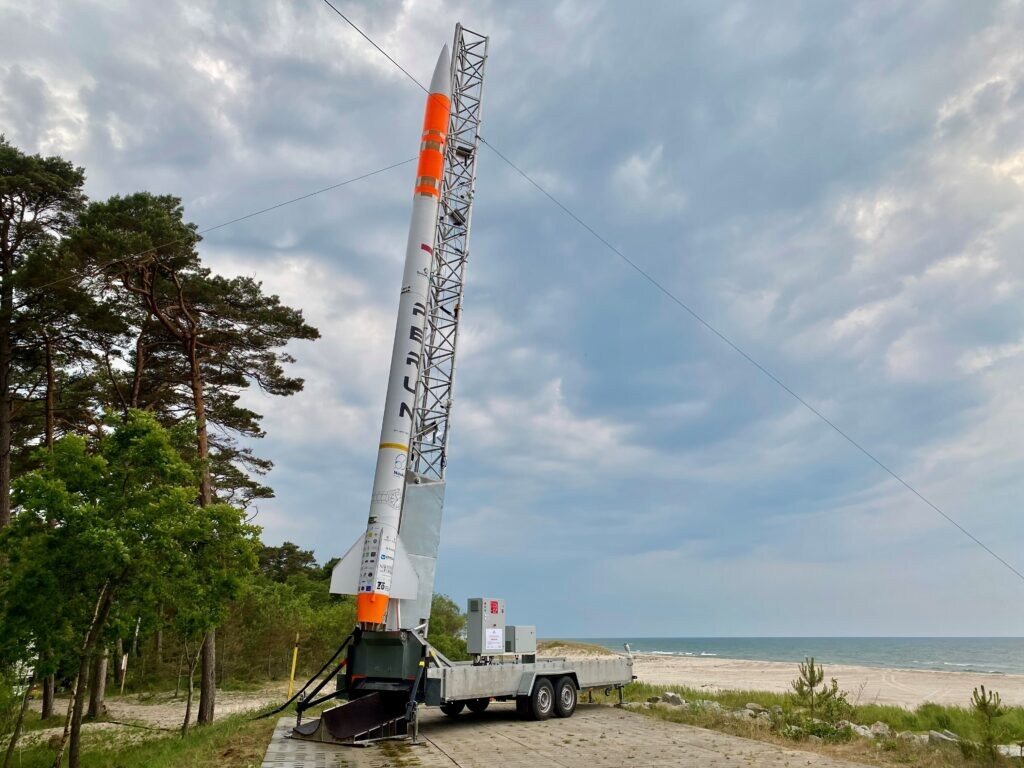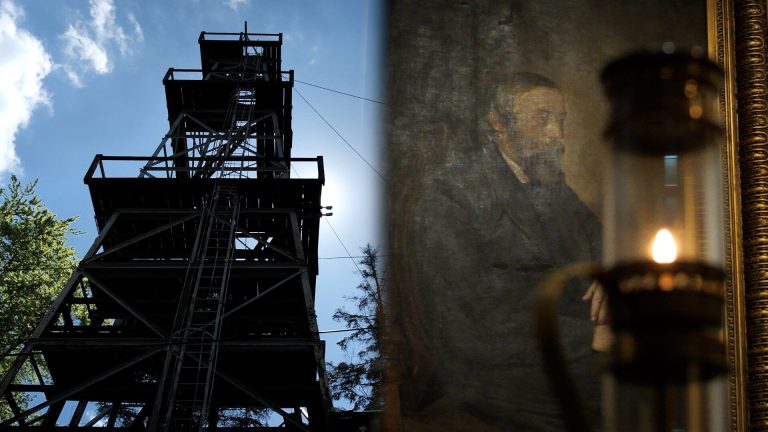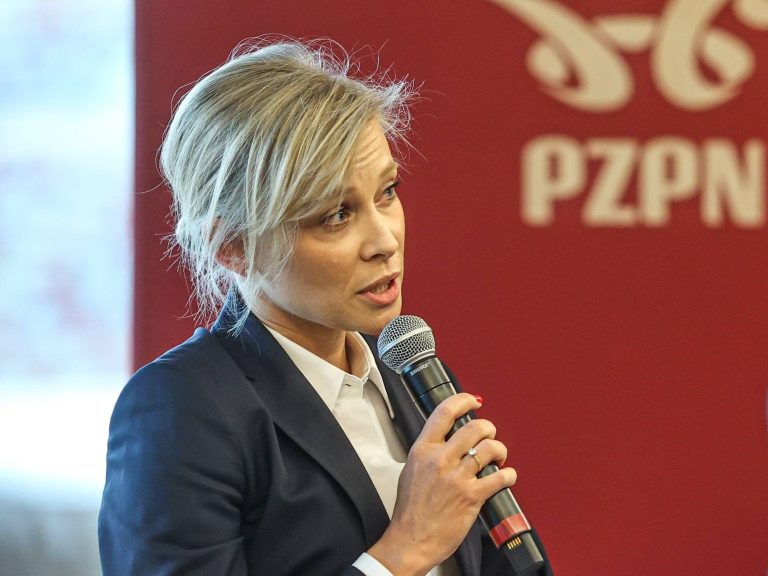Polish Perun rocket ready for test. It will start from Ustka

The Polish-made Perun rocket is preparing for a crucial flight. The work of local engineers will soon take off from Ustka to the edge of space. And this is only the beginning of the plans for the Polish SpaceForest.
The ambitious Polish Perun rocket project may be a breakthrough in the domestic space industry. The device developed by SpaceForest will soon take part in its second test, which will check the operation and durability of the structure.
Perun rocket with its second test – the rocket will fly from Ustka
Perun’s first test took place in June 2023, and now SpaceForest is preparing its second flight. This is scheduled to take place by the end of September. The launch window opens this week, and the launch could take place as early as Tuesday or Wednesday. Engineers hope that the rocket will rise to an altitude of 60 km.
The first flight from the Ustka training ground ended with a partial success, i.e. the flight reached 22 of the planned 50 km, the rocket fell into the Baltic Sea and the device was recovered. After testing the control, safety and recovery systems, the new goal is to almost triple the original height result.
Measuring 11 m in length and 45 cm in diameter, the Perun rocket is ultimately intended to transport objects weighing up to 50 kilograms into space, with an own weight of approximately 900 kg. This requires crossing the conventional boundary of space – the Kármán Line, located at an altitude of 100 km. The first space flight is planned for 2024.
The Perun rocket is a chance for Polish scientists and engineers
The SpaceForest rocket is fully constructed in Poland and powered by the proprietary SF 1000 engine. The drive, designed and built in Poland, uses paraffin wax and liquid nitrous oxide. Its advantages include: eco-friendliness. Another advantage of the Polish system is the price.
Perun will be a suborbital rocket that can reach an altitude of 150 km much cheaper than complex orbital rockets. The Polish system first reaches the correct speed and altitude using the first stage. The second stage contains the payload and continues to fly along a ballistic trajectory with minimal fuel consumption. Once deployed, Perun begins his descent, which he slows down with his parachute. Rocket parts can also be reused, further reducing launch costs.
In the future, Perun may become the key to space for many entities and startups with sky-high ambitions. The launches of the Polish construction will enable Polish companies and scientists to conduct experiments in microgravity conditions, research the upper layers of the atmosphere and monitor climate change.






